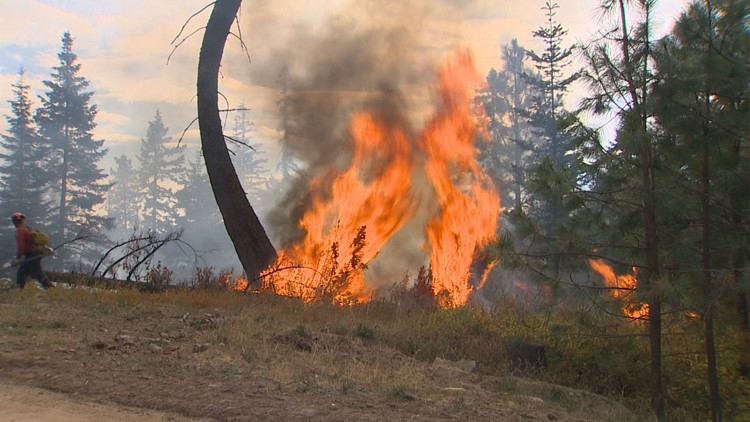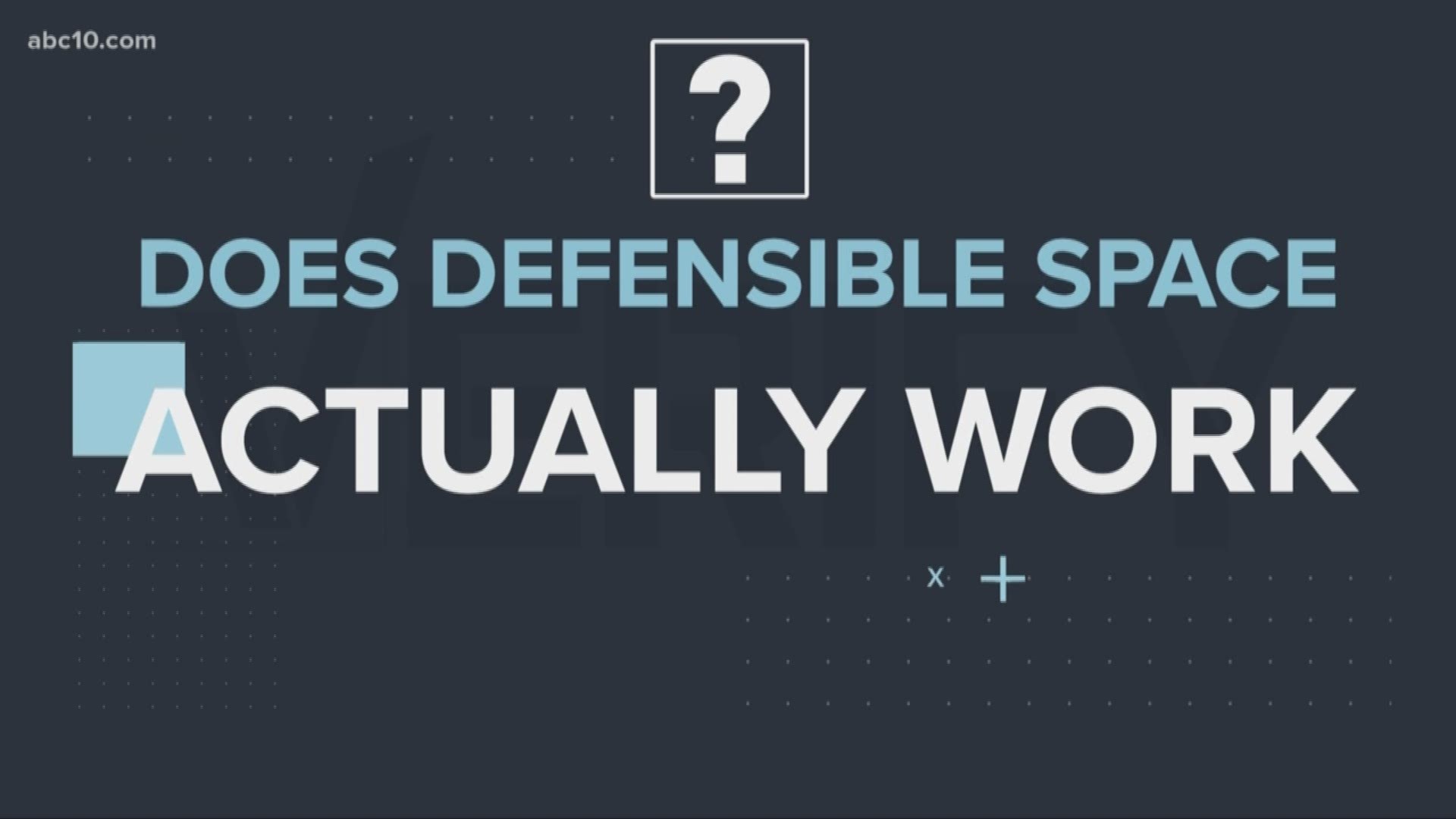Washington State is seeing an increase in the frequency of large wildfires. The years 2014 and 2015 saw back-to-back record wildfires.
Any fire, or complex of fires, that exceeds 100,000 acres is known as a megafire. The entire 20th century saw five in Washington. The first 15 years of the 21st century saw nine.
Forest scientists say the biggest driver behind the growing frequency and intensity of these fires is a century of trying to suppress natural fire. While climate change is creating longer and warmer fire seasons, it’s the buildup of dead needles and bushes, along with other dry debris that has built up on the forest floor, decade after decade. When the dry debris sparks, it fuels fire like gasoline.
Tree species like Ponderosa Pine that survived centuries of low-intensity natural fires, and even fires set by Native Americans to manage the forest floor, are dying in modern intense blazes.
In its 20-year forest health plan released in 2017, the Department of Natural Resources estimates that there are 2.7 million acres of forests in the state that are subject to intense fires. The agency is recommending treating 1.2 million acres by mimicking these less intense natural fires to burn off this buildup. New growth, such as grasses, quickly fills back in.
It’s called prescribed burning. Above Roslyn, Washington, crews with DNR, the U.S. Forest Service, the non-profit Nature Conservancy and the Washington Prescribed Fire Council worked to complete a 33-acre prescribed burn to add to 12 acres treated a year ago — providing a fire buffer for the town. Roslyn was threatened in 2017 by the Jolly Mountain fire, which also continuously filled the town with smoke.
While the larger trees remain behind as they would naturally after a prescribed burn, even when grasses and other plants begin to grow back, these buffer areas cause a wildfire coming into the area to slow down and drop in intensity making it easier to fight. Treating areas around towns and rural communities is considered a priority.
Washington DNR wants to burn 70,000 acres each year to reach to reach that 1.2 million acre goal. That’s more than double the amount of land now burned at the rate of 20-30,000 acres a year.
This week’s prescribed burns are also doubling as a training exercise for other agencies, including fire districts from Kittitas County, the Roslyn Fire Department, Bureau of Land Management and even firefighters from Canada.
Prescribed burns have been around for a long time, but they can be tricky to administer. Conditions have to be right, not too wet, not too dry, not too much wind.




